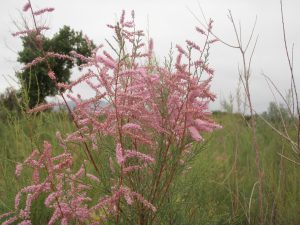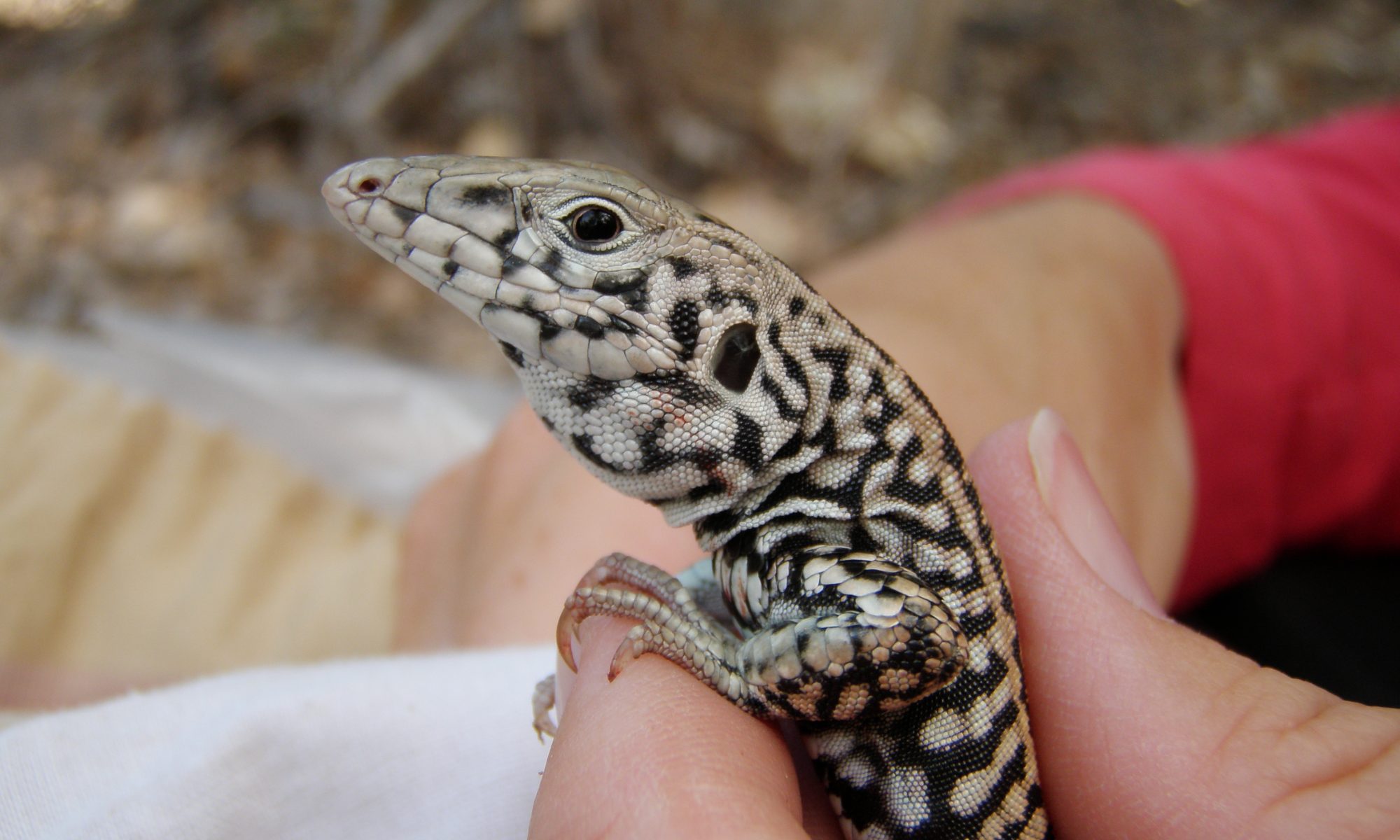
In western North America, non-native plants such as saltcedar (also known as tamarisk; Tamarix spp.) have become established in many riparian ecosystems. Reducing the impacts of non-native plants is a key step toward the recovery and redirection of riparian ecosystems towards ones dominated by native species. A technique that has drawn much attention is the use of classical biological control, whereby a specialist herbivore is imported from the target plant’s native environment to feed on it in regions where the plant is exotic and invasive. Biological control efforts to reduce the impact of saltcedar have introduced the saltcedar leaf beetle (Diorhabda spp.), a specialist herbivore. Two general impacts that Diorhabda establishment could have on wildlife include altering the physical structure of the habitat as saltcedar is defoliated, and Diorhabda could be a novel food resource available to insectivorous wildlife. My colleagues and I are interested in reptile and amphibian interactions with the leafbeetle and the abundance and diversity of small wildlife in sites where beetles occur. We use capture-mark-release methods to relate species abundance and diversity of amphibians, reptiles, and small mammals to vegetation characteristics in habitats impacted by biocontrol. Our study design includes assessing wildlife in mixed native/saltcedar habitats and in monotypic saltcedar habitats before and following Diorhabda establishment along the Virgin River in Arizona and Nevada. We are also collecting pre-biocontrol data along the San Pedro and Gila Rivers where the leafbeetle is expected to establish.
